Ep 42: Self-Practice – The what, why & HOW (that eludes us)
Podcast: Play in new window | Download
Subscribe: Apple Podcasts | RSS
Why should our students practice? And how do we get it to happen?
Recent Facebook post:
One of my favorite cohorts, Trinity Grace Minty, and I will be recording an in-depth conversation on self-practice, student autonomy, and self-efficacy tomorrow for the Thinking Pilates Podcast.
We’d like to hear from you on how you work to cultivate these things in your students, in your studio environments, for and with your teachers. We want to know WHY you think it’s important to engage your students in their OWN practice in and out of the studio.
We want to know if you think it’s possible to create a studio program that drives all students toward self-directed practice. Why would you do it? What are the benefits? The drawbacks? The challenges?
WHY aren’t we doing it if it’s the way Joe himself wanted people to do his work? (That’s my opinion and interpretation).
What is your biggest challenge with getting students to self-practice? Whether it’s at home or in the studio, what seems to be the sticking point?
Is it physical, emotional, psychological? Are you afraid of creating students who are independent and don’t rely on you for instruction?
That’s how this conversation started — publicly. Privately, or rather within the snuggly confines of private and small group conversations, studios and conference rooms, we’ve been talking about self-practice for a very long time. For some of us, it probably feels like we’ve been struggling with this question forever.
Without question the collective “we” has been talking about how to get students to take ownership of their practice for a really long time. Ever since the studio paradigm shifted from: private sessions as a breeding ground for autonomy, to private sessions as THE WAY to practice; from group classes as a way to foster progress and self-efficacy, to group classes becoming the most affordable and therefore sensible place to land, to stop. When did it happen? How did it happen? Who started it?
Who cares.
What we’re exploring is how to get back there, to the place where a teacher’s ultimate goal is to foster ownership, autonomy, and self-efficacy in their students; to make themselves obsolete over time.
In this episode, I’ve invited Innerscape Pilates studio owner, Trinity Minty, to join me in a deep-dive into these questions. Trinity has a unique perspective as she’s spent the last six months creating a studio model solely based on fostering self-practice through her participation in the Science & Psychology of Teaching Master’s Program. Trinity is also the lead mentor for Skillful Teaching.
We cover a lot of ground in our chat from WHAT is Pilates and WHY is it of value (to you/to your students)? to why these things matter when fostering self-practice in our studio cultures and our students. We look at the HOW of creating autonomous and self-sufficient students. Motivation, fear, desire, clarity of purpose, being explicit, curiosity, programming, discovery… all topics we weave in and around.
Thank you to EVERYONE who contributed their thoughts on this topic and who were willing to voice their ideas so that we might make this conversation even richer.
You can access the thread on Facebook HERE. We would love for you to be a part of this ongoing dialogue! Scroll down to see the email where you can reach us and to share your comments within this post!
Without further ado…enjoy!
Heroes
Our Hero this episode is a resource that is artful, soulful, and creative.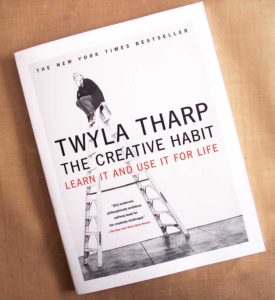
Twyla Tharp’s The Creative Habit – Learn it and use it for life
It’s been a wonderful tool for me in my own practice and in the work I do through Skillful Teaching, particularly in the 28 Day Fulfilled & Successful Pilates Teacher online course, which is largely based on returning to self-care and self-practice.
One of favorite sections in the book is the Creativity Autobiography, which Tharp uses to help you discover how to practice. She writes, “Another thing about knowing who you are is that you know what you should not be doing, which can save you a lot of heartaches and false starts if you catch it early on.”
Pro Tip
Our Pro Tip for this episode is how to use the anchor. Anchoring is an idea that comes out of current research on forming habits. When you’re trying to incorporate a new thing into your life, use an anchor to help integrate the new thing easily and with less resistance.
An anchor is some small act that you complete consistently without fail. Good anchors are brushing your teeth, making coffee, taking the kids to school (although tricky in the summer), taking the dog for a walk, meditating…
So, if you want to start stretching in the morning, pick 1-3 stretches and anchor them into making coffee. Every morning as you’re waiting for the coffee to brew, or once you’re drinking your coffee, do your stretches. You have to keep it SMALL and doable. Remember that you are anchoring into a routine, a flow, that has it’s own timing. If you disrupt it too much, the anchor doesn’t work, or you’ll struggle with actually establishing the new thing.
Start with one or two simple things. Examples:
- Anchor = brushing your teeth + New Habit = foot rolling
- Anchor = taking kids to school + New Habit = meditating for 10 minutes (in the car)
- Anchor = drinking your first glass of water in the morning + New Habit = 5 rounds of sun salutations
- Anchor = driving to work + New Habit = 5 minute breath practice before getting out of the car
Explore anchoring for yourself for a while and then see how it works with your students.
It’s bound to require some adjusting and correcting course, but stay open to making small righting actions and maintain your diligence to the “practicing” of your new habit. It takes time. Practice is practice, you’ve got to work on it.
Resources
We’d also like to share a little more about Trinity with you.
Bio
It is with great honor that I’m here to share this highly-potent form of whole-person conditioning with you, bringing compassion, curiosity, humility and humor to each interaction.
- Comprehensive training through Balanced Body
- PMA (Pilates Method Alliance) Certified
- Skillful Teaching Mentor – An International Pilates Education Company
More…
- Discernment & Integration: An exploration of “taking in” knowledge by Trinity Minty
- Find Trinity on Facebook: HERE.
Connect With Us
- Email us at thinkingpilatespodcast@gmail.com or use the form below.
- Find us on Facebook at The Thinking Pilates Podcast
Reach us Individually
- Chantill – chantill@skillfulteaching.com
- Phone – (707) 738-7951
- Debora – dkolwey@gmail.com
- James – evolvedbody@yahoo.com

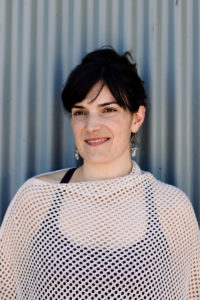
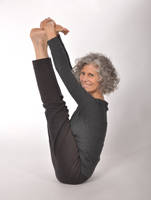
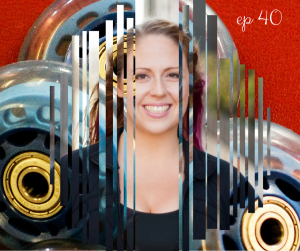
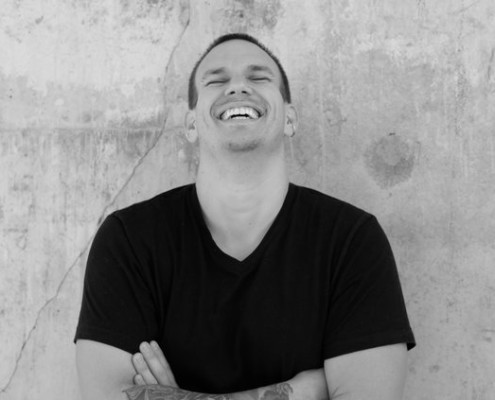
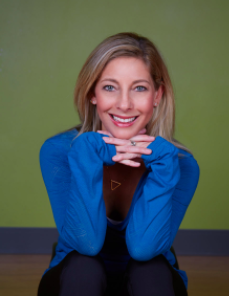
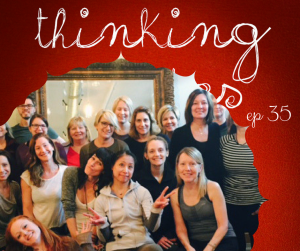
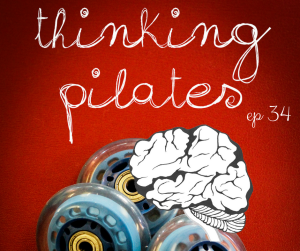
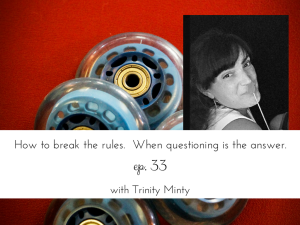
 How are you showing up? Why are you showing up? Why do you teach? What IS teaching? Why do you care? This is Skillful Teaching: A Whole-person approach to being an expert teacher, not an expert technician. There's a difference. Want to know what it is?
How are you showing up? Why are you showing up? Why do you teach? What IS teaching? Why do you care? This is Skillful Teaching: A Whole-person approach to being an expert teacher, not an expert technician. There's a difference. Want to know what it is?